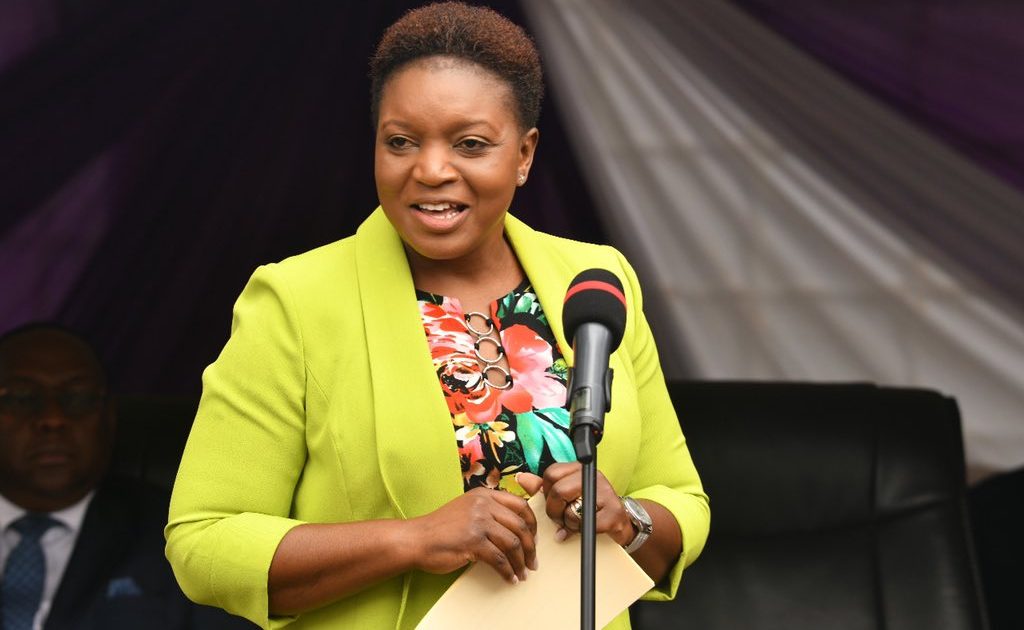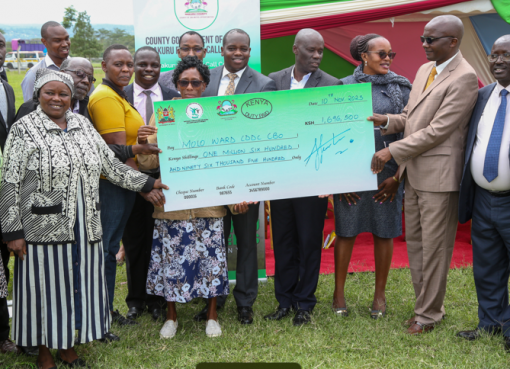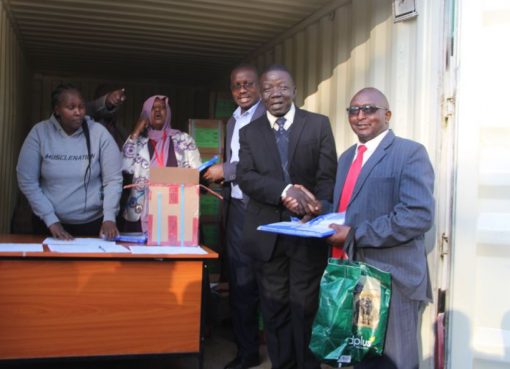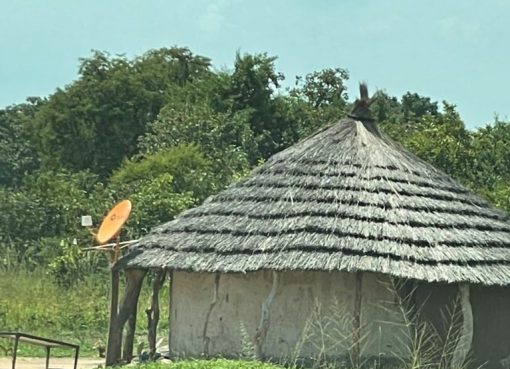The Ministry of Health announced that, starting on March 7, 2023, more children in the country will benefit from the added protection of the world’s first malaria vaccine, RTS, S/AS01 (or RTS,S).
The malaria vaccine expansion follows the Kenya National Immunization Technical Advisory Group (KENITAG) recommendation for expansion within Kenya’s lake-endemic region and the 2021 World Health Organization (WHO) recommendation for broader use of the vaccine among children in sub-Saharan Africa and in other regions with moderate to high P. falciparum malaria transmission.
The Cabinet Secretary for Health, Susan Nakhumicha Wafula said that they were happy to announce that more children in Kenya will be able to benefit from the life-saving protection offered by the world’s first malaria vaccine.
“Over the past three years, we’ve seen a dramatic reduction in the number of malaria cases and hospitalizations from malaria in areas where the vaccine has been administered. We are excited to now be able to offer this additional malaria tool to more of our children, “stated Wafula.
The CS said that her Ministry is scaling up malaria vaccination in an additional 25 sub-counties within the eight lake-endemic counties to reach more children with the vaccine.
“In the coming years, our objective is to continue to expand malaria vaccination to other parts of the country, as more supplies of the vaccine become available,” said Dr Lucy Mecca, Head of the National Vaccines and Immunisation Program (NVIP).
“We will continue to expand availability of the vaccine beyond 2023, including by applying along with other countries for support from Gavi, The Vaccine Alliance, for subnational use of the vaccine in areas of greatest need,” she added.
“As we welcome this additional tool to fight malaria and embrace the decision to reach many more communities and children, our objective is to continue to deploy malaria vaccination to other parts of the country, as more supplies of the vaccine become available,” said Dr Abdourahmane Diallo, WHO Kenya country representative.
“WHO is aware of the global limitation in vaccine supply and to address this, it has developed an allocation framework to ensure equity and fairness for access to the limited vaccine supply while working with manufacturers to increase capacity to meet global demands,” added Dr Diallo.
Kenya is one of three countries—alongside Ghana and Malawi—where the RTS,S malaria vaccine is already in use, following the 2019 start of pilot or phased introduction in parts of the country. Since then, Kenya has provided more than one million doses of the four-dose malaria vaccine to children across eight counties, and close to 400,000 children have received at least one dose of the vaccine.
Since September 2019, Kenya’s National Vaccines, and Immunization Programme (NVIP) working collaboratively with the Division of National Malaria Program (DNMP) has provided the malaria vaccine as part of routine immunization in 26 sub-counties across eight counties in Western Kenya, namely Homabay, Kisumu, Migori, Siaya, Busia, Bungoma, Vihiga, and Kakamega. This WHO-coordinated pilot programme has been made possible by a collaboration involving in-country and international partners, including the Ministry of Health, PATH, GSK, and UNICEF.
By Hamdi Mohamud and Phinta Amondi





